Aeris
We wanted to feature a clean and dynamic look for the Aeris, where a revolution of geometric shapes where used with the hardware on a second stage inside, in order to give more presence to the structure.Build with a succession of ever larger rectangular sections at a continuing angle change of 30º, and built out of clear acrylic and underlit blue, it appears like an "airy" swirl in the sky.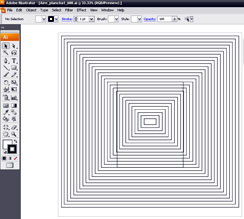
The idea to use only clear acrylic came from the original Tetris mod. Using the same technique to make the rectangular pieces, we made ever increasing sizes that grew by 1cm a level, and moved them into a shape like a tornado.
The rectangular sections were laser cut from two acrylic plates of 600 x 600mm in concentric cuts to use 100 percent of the acrylic plates in order not to leave excess waste. Following this, we just had to assemble the intermediate sections and the main structure of the mod was done.
Maintaining the philosophy of the initial idea, we passively cooled every hardware component inside: the graphics card, CPU, motherboard and memory were all fitted with large coolers that cut down on noise and omitted power that would be used by fans. In its design we chose all blue components to mirror the LEDs used to light the acrylic.
On the subject of illumination, we used the colours blue and white strategically to place a combination of shade and reflection affecting acrylic and the surrounding area. Altogether we used more than 50 high intensity LEDs to light Aeris.
Adding Matching Peripherals
The mouse was designed with small rectangles as the basic structure of the mod with three pieces of reducing size stuck one on top of another.In addition, we also took an LCD monitor and stripped it down to its bare essentials, then fitted it with more square acrylic pieces to the same size as the monitor, and of the same bezel thickness. The angular displacement was much less than the 30 degrees we had used before, but enough to convey the same style. Eventually we used eight pieces on the front and a further eight behind the LCD. In the final few phases, fine grit sandpaper was used to give it an opaque look, giving it some definition and helping to hide the base metal.

MSI MPG Velox 100R Chassis Review
October 14 2021 | 15:04


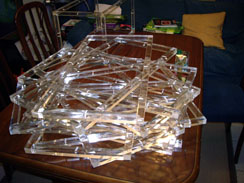
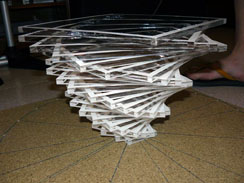
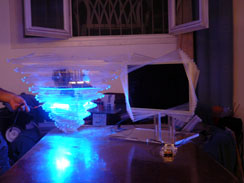
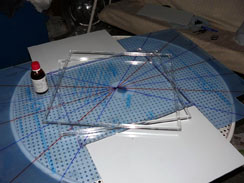
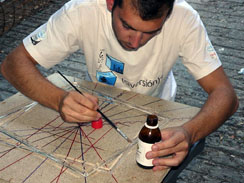
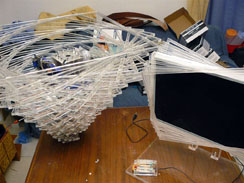
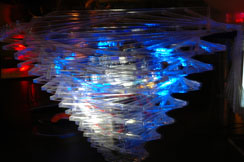
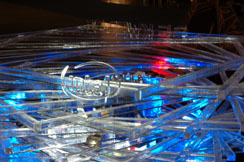

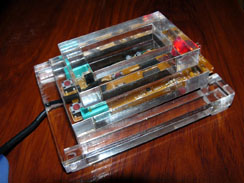
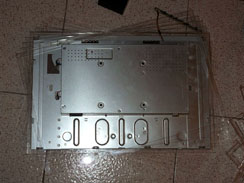
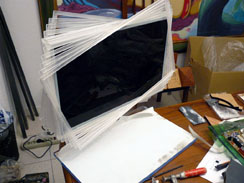
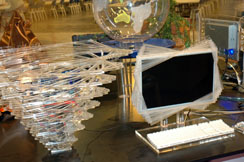
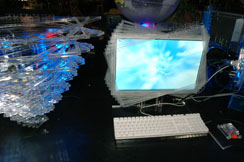
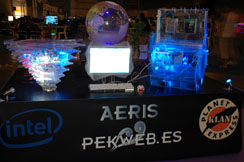







Want to comment? Please log in.